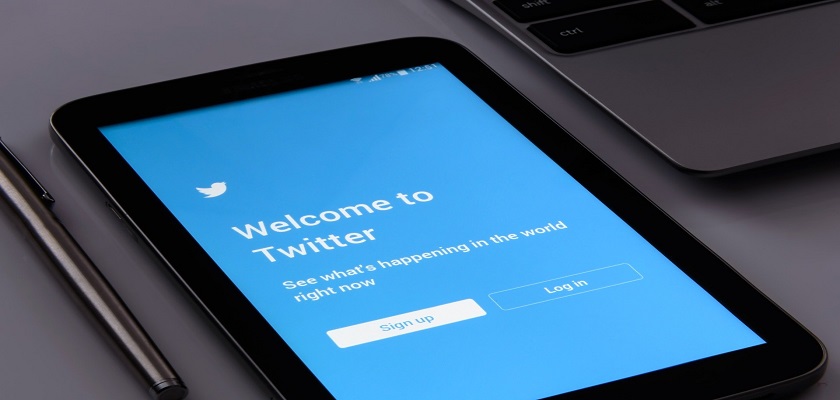$6.9 Billion Weight Loss Telehealth Market Grows, But Gets Crowded
Telehealth soared during the pandemic in 2020 as consumers stayed home and communicated with their physicians via Zoom video calls and by phone, email and chat. The number of telehealth companies exploded. Then, in 2021-2023, as demand for the...

The market became more crowded in 2023, as more telehealth companies entered the GLP-1 drugs market, and consumers began to return to in-person doctor visits. 2025 could be a difficult year where we see consolidation, as the GLP-1 meds shortages disappear with new production capacity and the many compounding pharmacies stop making compounded semaglutide that so many dieters are now using. To find out more, be sure to read Marketdata's new report on the telehealth services for weight loss market, which provides detailed information on customer demographics, market size and growth, weight loss coaches, compounding pharmacies, and the competitive landscape. About the Author: John LaRosa is the President of Marketdata LLC and is the author of 100+ industry and market studies. His research appears in top media outlets including ABC, CNN, Fox, Forbes, USA Today, The Wall Street Journal, The New York Times, and a variety of trade journals.  Telehealth soared during the pandemic in 2020 as consumers stayed home and communicated with their physicians via Zoom video calls and by phone, email and chat. The number of telehealth companies exploded. Then, in 2021-2023, as demand for the GLP-1 weight loss medications took off, many of these telehealth providers added weight loss plans based on access to these drugs, plus support.
Telehealth soared during the pandemic in 2020 as consumers stayed home and communicated with their physicians via Zoom video calls and by phone, email and chat. The number of telehealth companies exploded. Then, in 2021-2023, as demand for the GLP-1 weight loss medications took off, many of these telehealth providers added weight loss plans based on access to these drugs, plus support.Top Things to Know About Weight Loss Telehealth Services
Market size: Marketdata estimates that the market for telehealth weight loss services was worth $6.9 billion in 2023. Revenues are forecast to grow 8.2% in 2024.
Average costs for users: The average weight loss telehealth service user has 5 follow-up visits per year, at a cost of $50 per visit. Monthly subscription fees cost $30-80, so the average user spends $610 per year.
Use of telehealth services: Telemedicine usage soared during the pandemic. A total of 37% of U.S. adults used telehealth services in 2021, but this declined to 22% by 2023 (56 million people), as consumers returned to their doctors in person. Telehealth is here to stay though, as more MDs invest in technology and consumers like the convenience.
2025 consolidation is likely: GLP-1 weight loss drugs are driving demand for telemedicine services. An estimated 7% of American adults (or 18 million) are now using GLP-1 drugs for weight loss. Many of them are using compounding pharmacies to get around the current shortages. However, when shortages end, the virtual telehealth platforms will suffer. This will probably take place next year. Expect to see failures and acquisitions.
Health coach salaries: As of Mar 13, 2024, the average telephonic health coach in the U.S. earned $78,700 per year.
Where to Learn More

 JimMin
JimMin 









_1.png)

_4.jpg)












![Are You Still Optimizing for Rankings? AI Search May Not Care. [Webinar] via @sejournal, @hethr_campbell](https://www.searchenginejournal.com/wp-content/uploads/2025/06/1-1-307.png)







